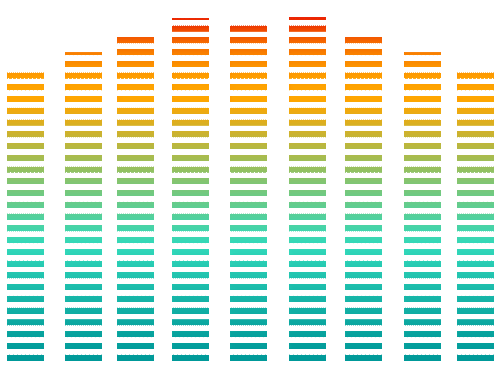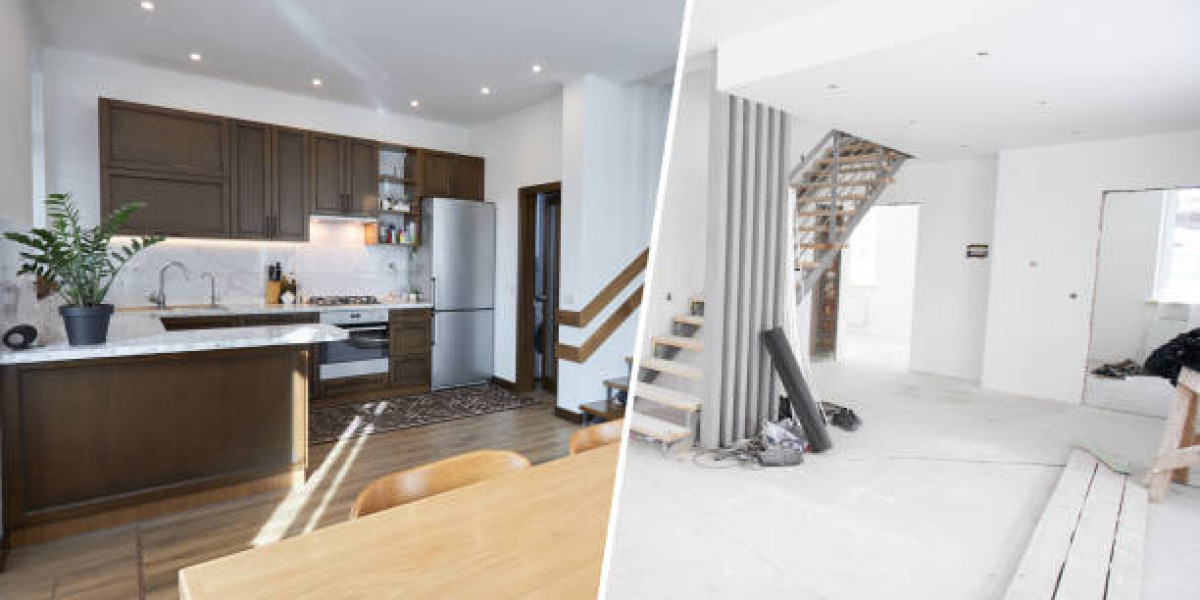In today’s fast-evolving world of home aesthetics and functionality, modern homeowners are increasingly seeking innovative ways to blend technology with design. One of the most exciting trends in this space is the seamless integration of smart home automation into interior design. At LLA Designer, we understand that a truly modern home is one that not only looks stunning but also operates intelligently and intuitively.
The Rise of Smart Interiors
Smart home automation isn't just about convenience—it's about enhancing the quality of life while elevating your home's design. With the increasing availability of devices like automated lighting, climate control, motorized window treatments, and voice-controlled systems, homeowners now expect their living spaces to respond to their needs in real-time.
From the beginning of a project, interior designers must consider how smart technologies will fit into the overall concept. This means thinking beyond aesthetics and understanding the infrastructure requirements, device compatibility, and user experience.
Key Elements of Smart Home Integration
1. Smart Lighting Systems
Lighting is no longer just a visual tool—it’s an experience. Smart lighting systems allow homeowners to control mood, brightness, and energy efficiency with a simple voice command or app. Designers can strategically place lighting elements to accentuate architectural features, artwork, and furniture, all while ensuring they are connected to a smart hub for automation.
2. Intelligent Climate Control
Automated HVAC systems learn a homeowner’s preferences and adjust accordingly. Integrating thermostats, blinds, and ceiling fans into a cohesive smart system allows for optimal comfort and energy savings. Interior designers need to collaborate with technicians to hide these elements within the decor while maintaining accessibility and functionality.
3. Smart Furniture and Fixtures
Designers are now incorporating furniture with built-in technology—like charging stations, speakers, and even embedded screens. These elements must be carefully planned to complement the interior theme without appearing obtrusive. Placement, scale, and material choice all play a role in creating harmony between function and form.
4. Seamless Control Interfaces
Touchscreen panels, voice control systems like Alexa or Google Assistant, and smartphone apps are common interfaces for controlling smart homes. Placement and visibility of these interfaces must be thoughtfully integrated to avoid cluttering the aesthetic flow of a room.
Designing With Tech in Mind
The key to successfully integrating smart automation into interior design lies in early planning. Interior designers must work hand-in-hand with electricians, tech installers, and architects from the project's onset. Hiding wires, allocating proper power sources, and ensuring Wi-Fi connectivity are technical challenges that need design-sensitive solutions.
A professional like a landscape designer may also contribute to outdoor smart features such as automated irrigation, lighting, or pool systems, creating a holistic approach that spans indoor and outdoor living.
Benefits for Homeowners
When done right, integrating smart technology into home design provides homeowners with:
Enhanced convenience: Control everything with your voice or smartphone.
Energy efficiency: Automated systems save electricity and reduce costs.
Security: Smart locks, cameras, and alarms provide peace of mind.
Resale value: Homes with integrated smart features attract modern buyers.
Future Trends
As AI and IoT (Internet of Things) continue to advance, we’ll see even more sophisticated integrations. Homes will become predictive, adjusting settings based on mood, time of day, or even biometric feedback. Interior designers must stay updated with these trends to meet client expectations and keep designs future-ready.
Final Thoughts
Smart home automation isn’t just a tech trend—it’s a lifestyle shift. Interior design is evolving to accommodate this shift, blending beauty with intelligence. At LLA Designer, we are passionate about creating environments that reflect both personal style and technological sophistication. Whether you’re redesigning a single room or building from the ground up, integrating smart automation into your design ensures a living space that’s as functional as it is visually stunning.





